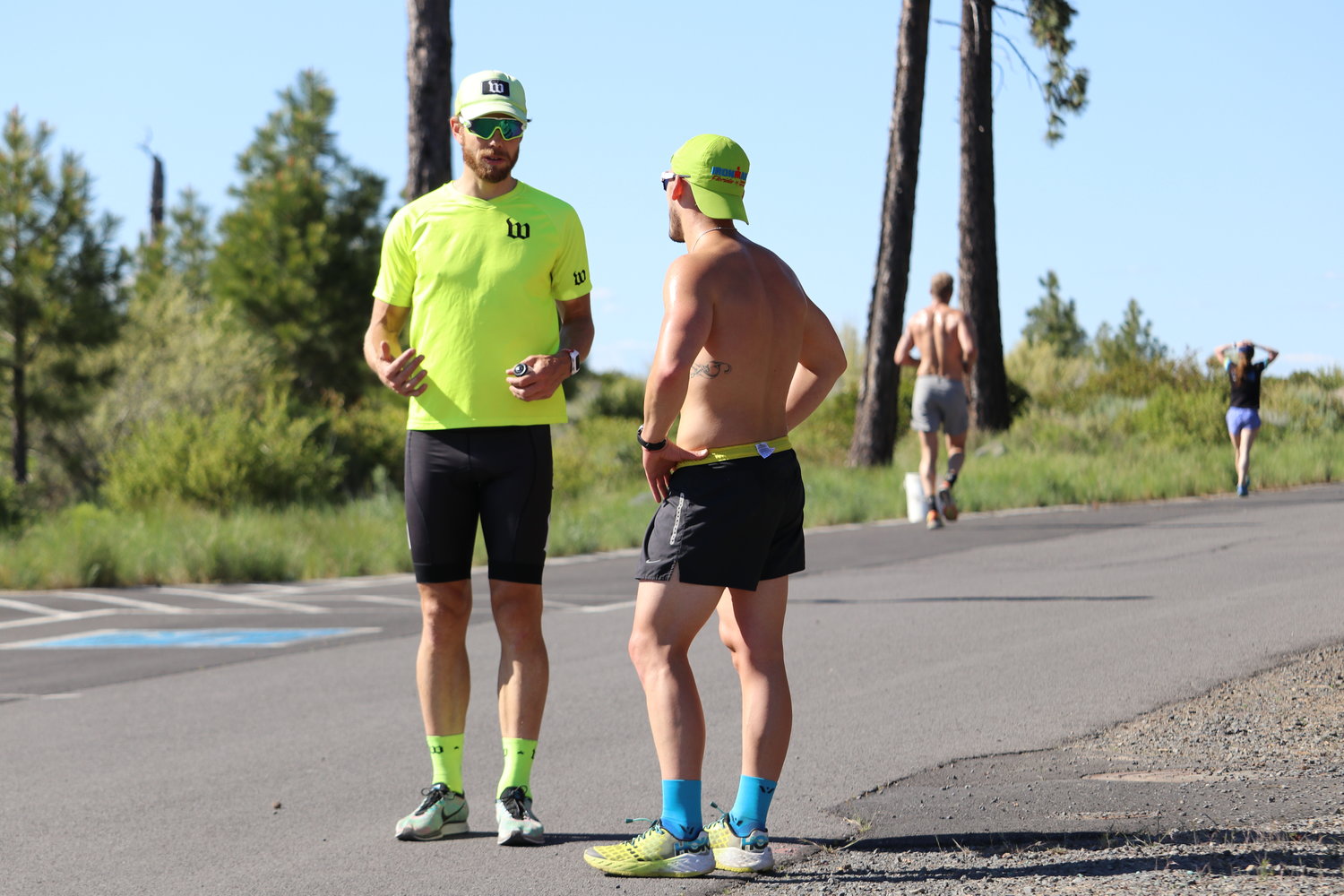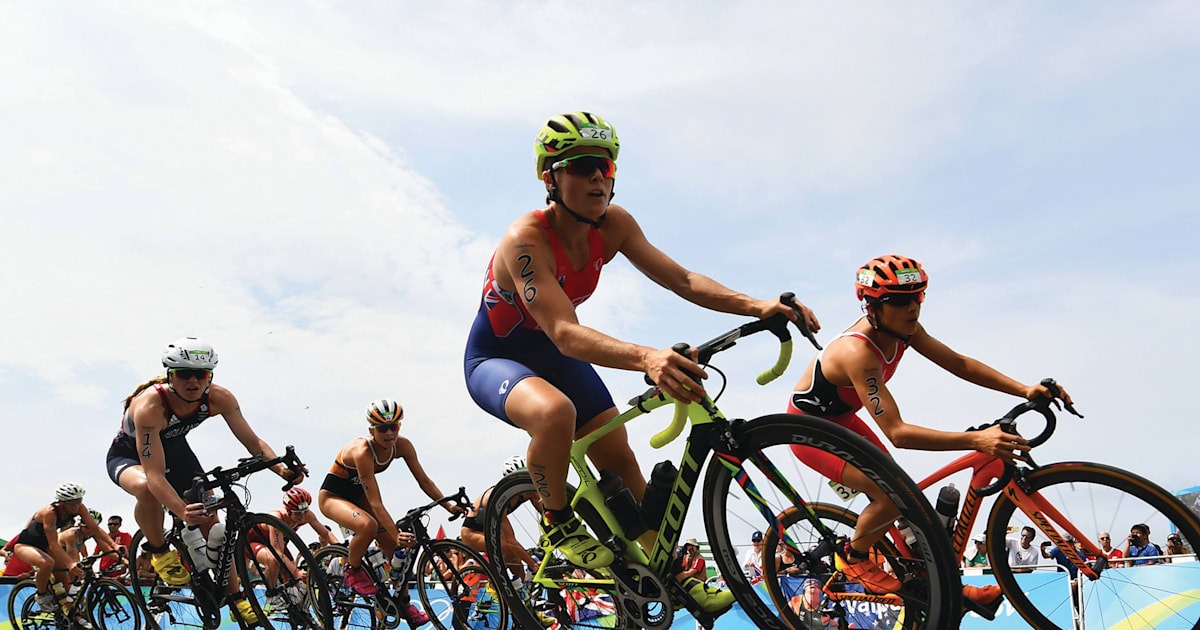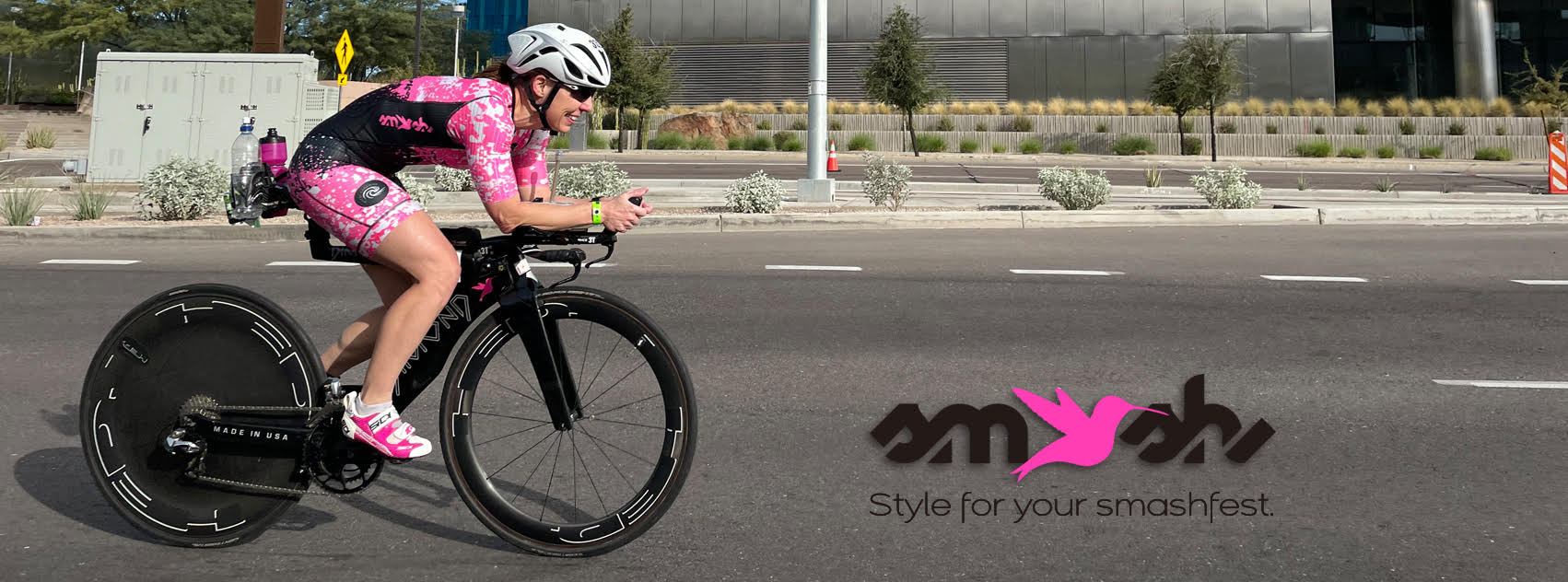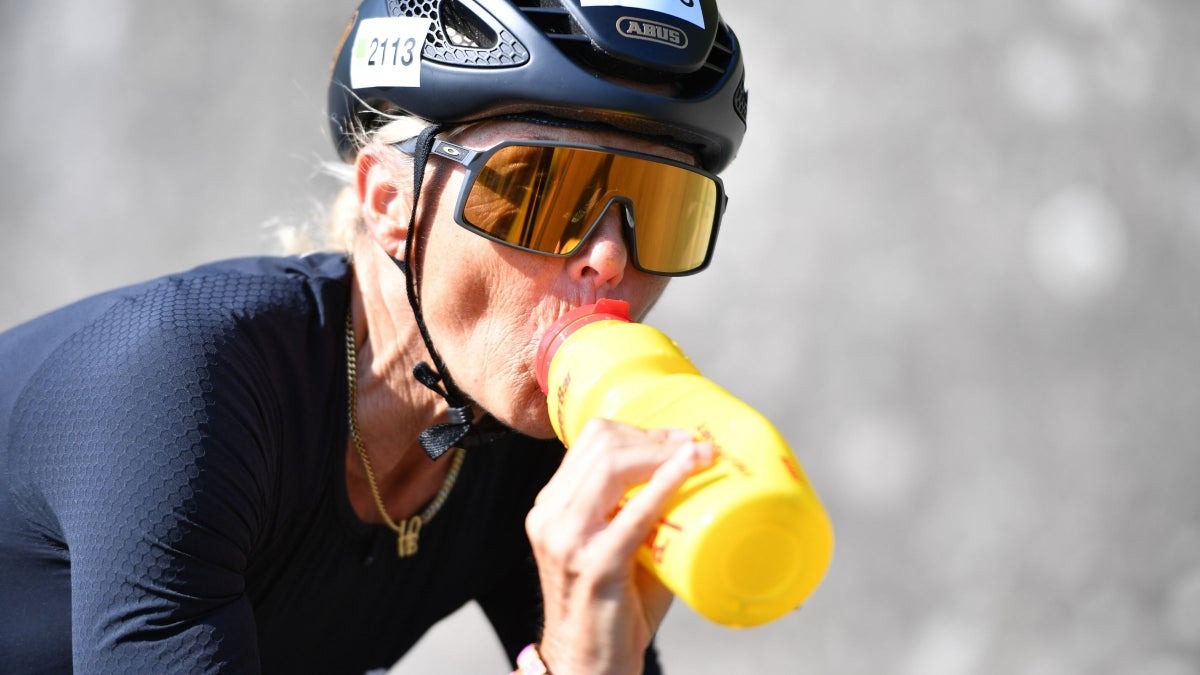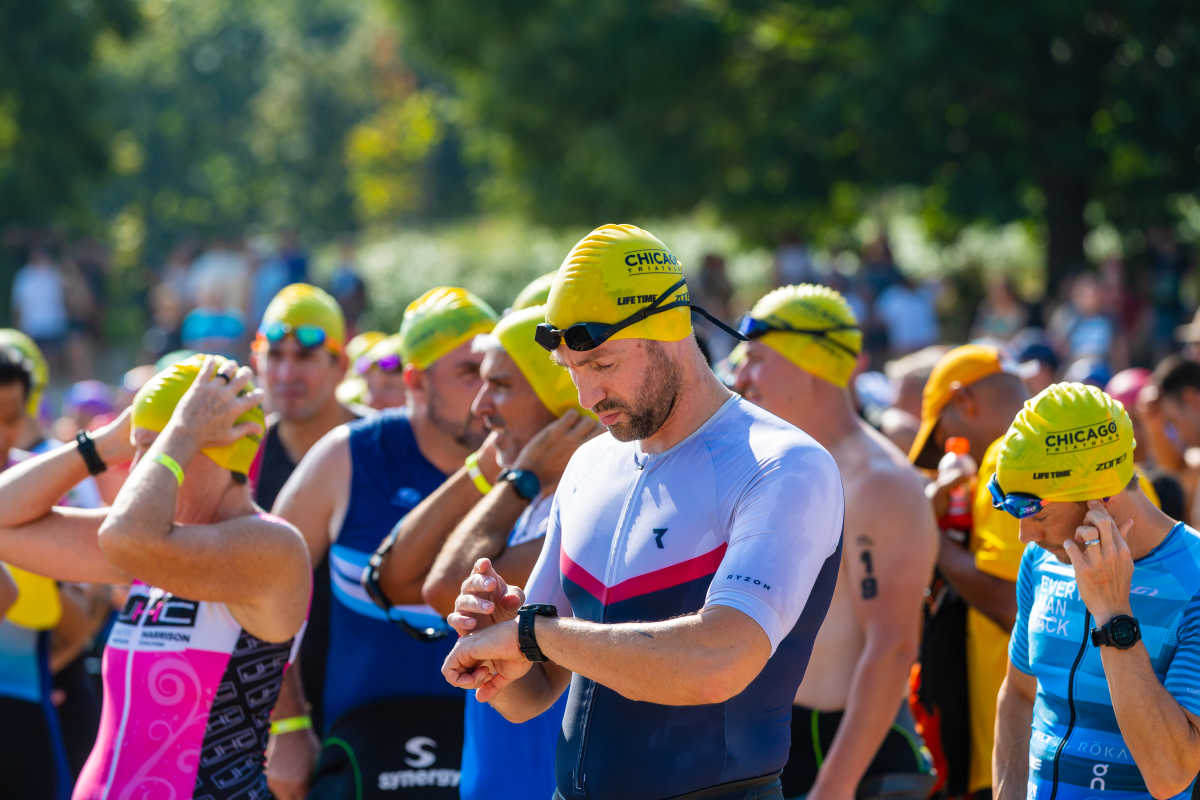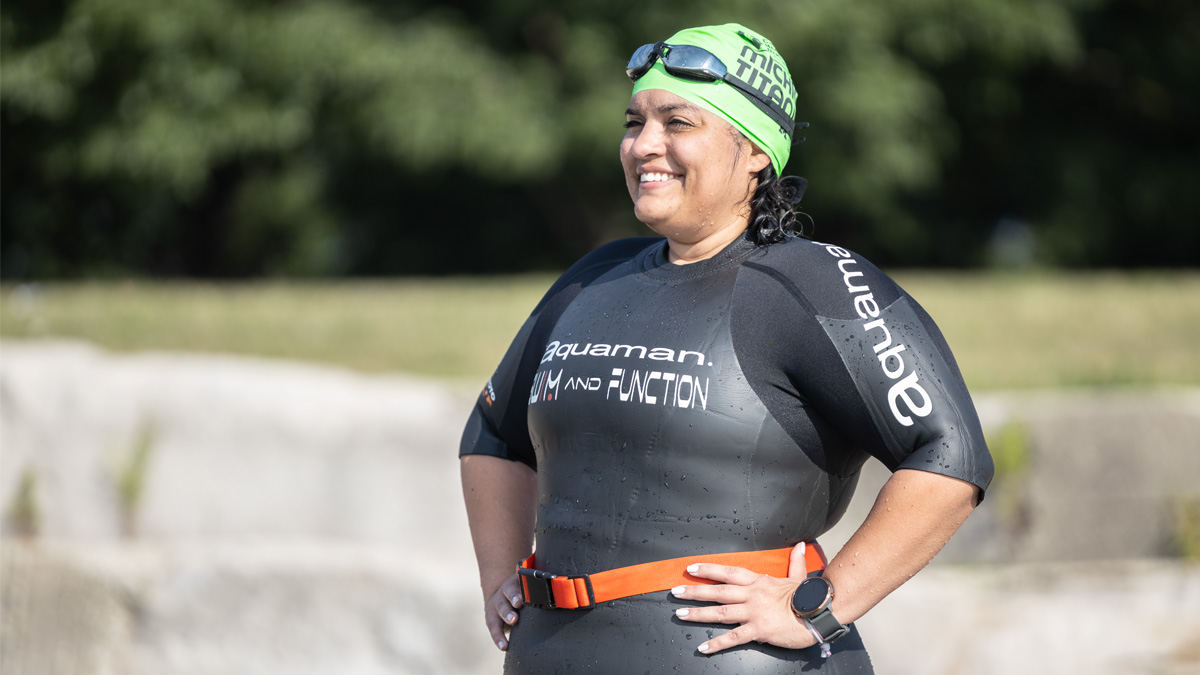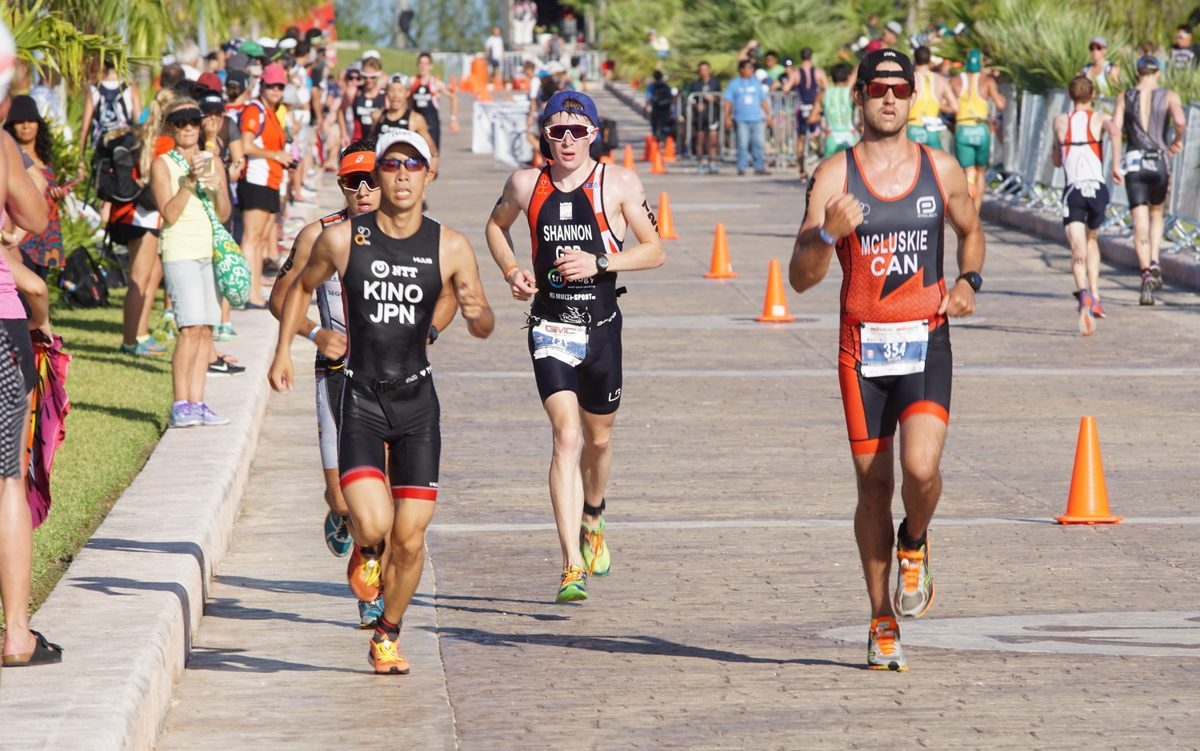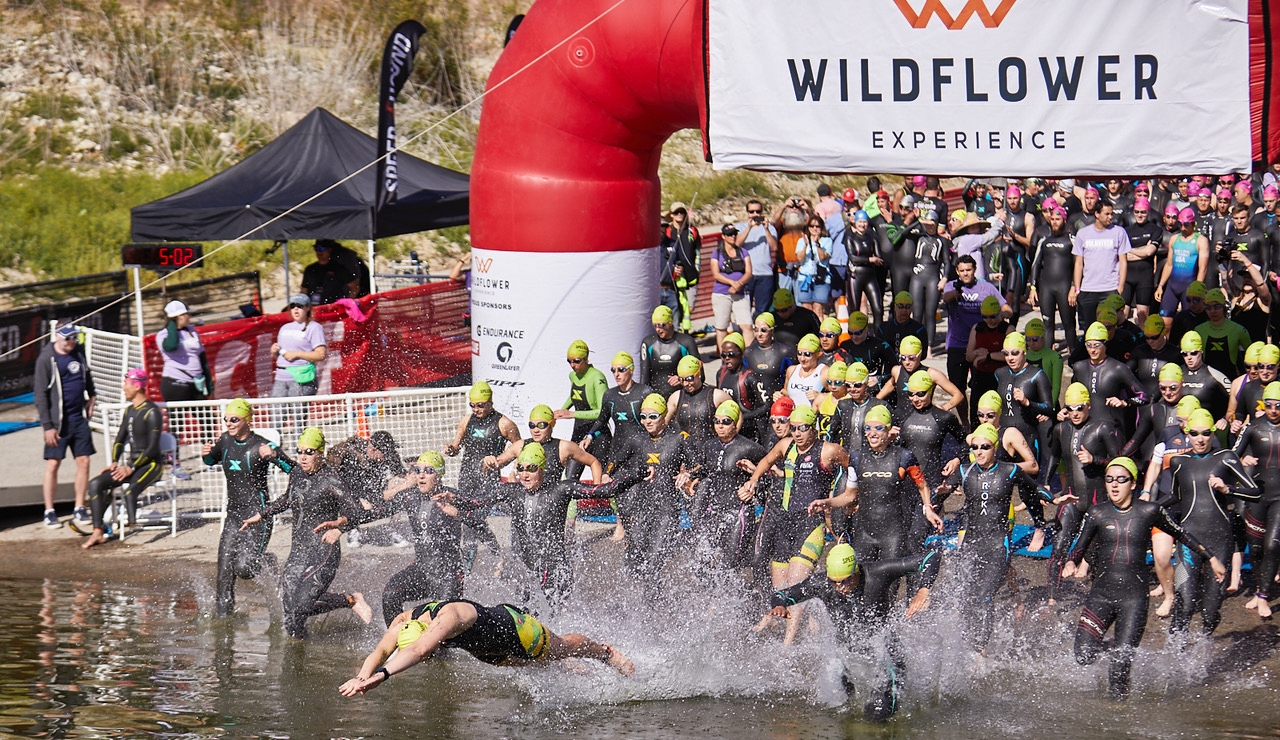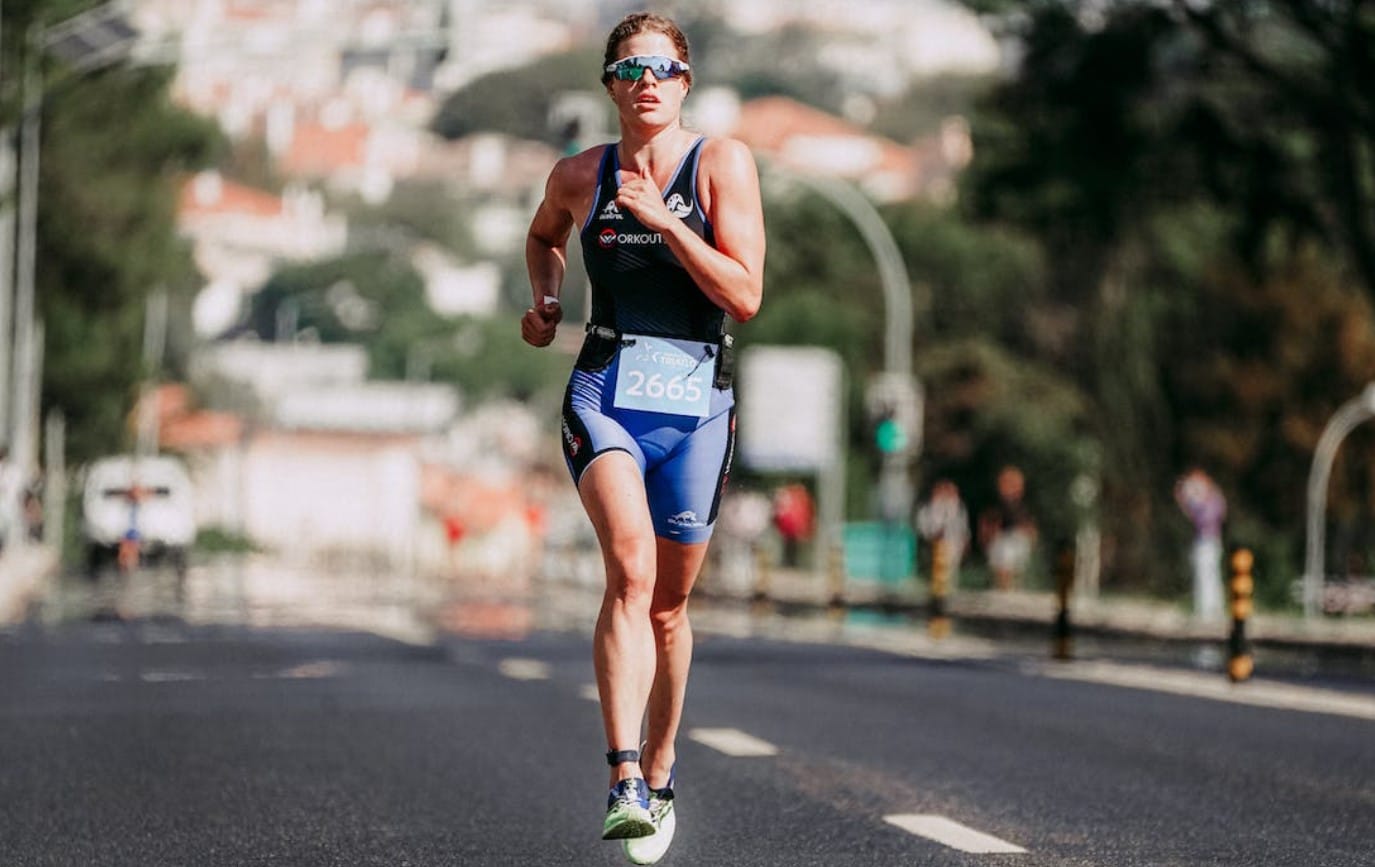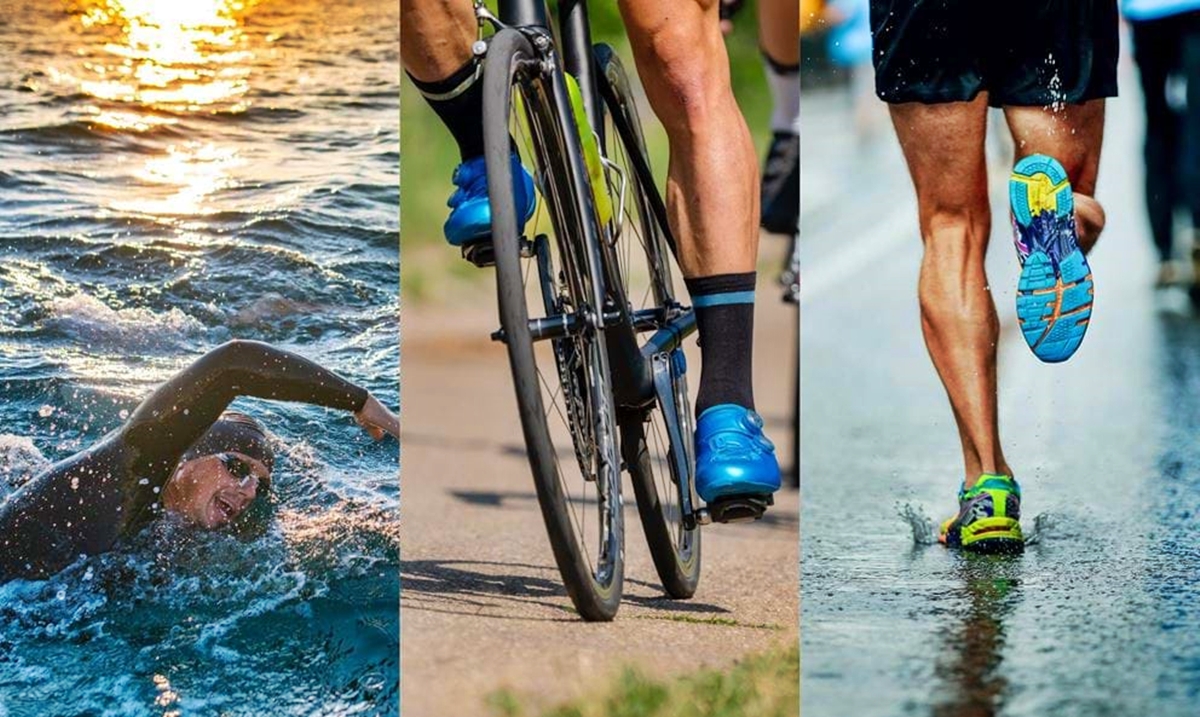

Featured
How Long Does Triathlon Take
Modified: January 2, 2024
Discover how long it takes to complete a triathlon in this featured guide. Get insights on the average duration and factors that influence race times.
Introduction
Triathlon is a multi-discipline endurance sport that combines swimming, cycling, and running into one challenging event. It tests the physical and mental capabilities of athletes while pushing them to their limits. Whether you are a seasoned triathlete or a beginner considering participating in your first triathlon, one question that often comes to mind is: how long does a triathlon take?
The duration of a triathlon can vary greatly depending on several factors, including the distance of the race, the individual’s fitness level, and environmental conditions. In this article, we will explore the different distances of triathlons and provide insights into the average time it takes to complete each distance.
Additionally, we will discuss the various factors that can affect triathlon duration, such as the swim, bike, and run course conditions, transitions, athlete experience, and training. Furthermore, we will offer tips and strategies to help improve your triathlon performance and achieve your desired finish time.
So, if you are curious about how long it takes to complete a triathlon or looking for ways to enhance your performance, keep reading to learn more about the exciting world of triathlons and everything that goes into achieving your goals.
What is a Triathlon?
A triathlon is a multisport endurance event that combines three disciplines: swimming, cycling, and running. It originated in the early 1970s and quickly gained popularity as a test of overall athletic ability and endurance. The sport has since evolved and become a mainstream sporting event with various distances and formats to accommodate athletes of all levels.
The order of the disciplines in a triathlon typically follows a specific sequence: swimming, cycling, and then running. The transition between each discipline is an integral part of the race, where athletes must switch their gear and mentally prepare for the next stage.
Triathlons are organized into different distances to cater to different fitness levels and goals. The most common triathlon distances include:
- Sprint Triathlon: This is the shortest distance, typically consisting of a 750-meter swim, a 20-kilometer bike ride, and a 5-kilometer run.
- Olympic Triathlon: The Olympic distance triathlon is widely recognized and consists of a 1.5-kilometer swim, a 40-kilometer bike ride, and a 10-kilometer run.
- Half Ironman Triathlon: Also known as the 70.3 distance, this triathlon includes a 1.9-kilometer swim, a 90-kilometer bike ride, and a 21.1-kilometer run.
- Full Ironman Triathlon: The pinnacle of triathlon events, the full Ironman distance, includes a 3.8-kilometer swim, a 180-kilometer bike ride, and a marathon-distance run of 42.2 kilometers.
Triathlons can take place in various locations, including open water, lakes, rivers, and indoor or outdoor swimming pools. The cycling portion typically takes place on roads, with designated courses and traffic management for safety. The run portion can be on road, trail, or a combination of both, depending on the race location.
Participants in a triathlon can range from recreational athletes to professional competitors. The sport attracts individuals looking for a new physical challenge, as well as those seeking to push their limits and compete at the highest level.
Now that we have a better understanding of what a triathlon entails, let’s dive deeper into the different distances and explore the factors that can affect the duration of a triathlon.
Different Distances of Triathlons
Triathlons come in various distances to accommodate athletes of different abilities and goals. Each distance presents its own unique challenges and requires specific training and preparation. Let’s take a closer look at the different distances of triathlons:
- Sprint Triathlon: This is the shortest distance among triathlons and is perfect for beginners or individuals looking for a fast-paced, shorter race. A sprint triathlon typically includes a 750-meter swim, a 20-kilometer bike ride, and a 5-kilometer run.
- Olympic Triathlon: The Olympic distance triathlon is considered the standard distance and is widely recognized in the triathlon community. It consists of a 1.5-kilometer swim, a 40-kilometer bike ride, and a 10-kilometer run. This distance requires a higher level of fitness and endurance compared to sprint triathlons.
- Half Ironman Triathlon: Also known as the 70.3 distance, the half Ironman triathlon is a popular choice for those seeking a challenging long-distance event. It includes a 1.9-kilometer swim, a 90-kilometer bike ride, and a 21.1-kilometer run. This distance requires a significant time commitment for training and a higher level of endurance.
- Full Ironman Triathlon: The full Ironman distance is the ultimate challenge in the world of triathlons and is reserved for the most dedicated and experienced endurance athletes. It consists of a 3.8-kilometer swim, a grueling 180-kilometer bike ride, and a marathon-distance run of 42.2 kilometers. Completing a full Ironman triathlon is a remarkable achievement that requires months of intense training and mental fortitude.
Each distance offers its own set of rewards and challenges. It’s important to choose a distance that aligns with your current fitness level and aspirations. If you’re new to triathlons, starting with a sprint or Olympic distance race can be a great way to begin your triathlon journey and gradually progress to longer distances.
Now that we understand the different distances of triathlons, let’s explore the various factors that can impact the duration of a triathlon and ultimately determine how long it takes to complete a race.
Factors Affecting Triathlon Duration
The duration of a triathlon can vary significantly based on several factors that can impact an athlete’s performance. It’s important to consider these factors when estimating how long it may take to complete a triathlon. Here are some key factors that can affect triathlon duration:
- Swim Course Conditions: The swim portion of a triathlon can take place in open water, lakes, or indoor/outdoor pools. Factors such as water temperature, currents, waves, and visibility can impact swim times. Challenging conditions can slow down athletes, while calm and favorable conditions can lead to faster swim times.
- Bike Course Terrain: The bike portion of a triathlon can take place on flat roads, hilly terrain, or a combination of both. The course’s elevation profile and road conditions can significantly affect cycling times. Climbs and descents require different levels of effort, while smooth roads can lead to faster speeds compared to rough or gravel terrain.
- Run Course Surface: The run portion can be on road, trail, or a mix of both. The surface and terrain of the course can impact an athlete’s running pace. Trail runs may require more concentration and agility, while pavement allows for faster running. Additionally, factors like hills, turns, and even weather conditions can influence running times.
- Transition Time: Transitions involve switching from one discipline to another. The time spent in transition can vary greatly between athletes and contributes to the overall race duration. Efficient transitions involve quickly changing gear, hydrating, and mentally preparing for the next stage. Practice and proper organization can help minimize transition times.
- Athlete Experience and Fitness Level: An athlete’s experience and fitness level play a significant role in triathlon duration. Seasoned triathletes with years of training and race experience may have faster overall times compared to beginners. Fitness level, including endurance, speed, and technique, also influences performance. Consistent training and tailored workouts can lead to improvements in overall race times.
- Environmental Conditions: Weather conditions, such as temperature, wind, and humidity, can impact an athlete’s performance during a triathlon. Extreme heat or cold can affect energy expenditure and hydration, while strong winds can make cycling more challenging. It’s essential to adapt race strategies and nutrition plans based on the prevailing environmental conditions.
It’s important to note that while these factors can impact triathlon duration, each athlete will have a unique experience based on their individual strengths, weaknesses, and preparation. Furthermore, the overall goal of a triathlon is not solely to achieve the fastest time, but rather to complete the race and embrace the personal accomplishment that comes with it.
Now that we understand the various factors that influence triathlon duration, let’s delve into the average time it takes to complete different distances, starting with a sprint triathlon.
Average Time to Complete a Sprint Triathlon
A sprint triathlon is a popular choice for beginners and those looking for a shorter, yet challenging, race. The duration of a sprint triathlon can vary based on several factors, including individual fitness level, course conditions, and race distance. Let’s explore the average time it takes to complete a sprint triathlon:
For the swim portion of a sprint triathlon, participants typically complete a 750-meter swim. Depending on swimming ability, it can take anywhere from 10 to 20 minutes or longer to complete this distance.
The bike portion of a sprint triathlon consists of a 20-kilometer ride. The average time for this segment can range from around 30 minutes for experienced cyclists to an hour for less experienced riders.
After transitioning from the bike, participants face the final segment – the 5-kilometer run. The average time for this section can range from 20 to 30 minutes for trained runners, though it may take longer for individuals new to running or with less developed running endurance.
It’s important to note that these time estimates are averages and can vary based on individual performance and race conditions. Some athletes may complete a sprint triathlon in under an hour, while others may take closer to 90 minutes.
The transition times between each segment can also impact race duration. These include the time it takes to switch from swimming to cycling (T1) and from cycling to running (T2). With practice and efficient organization, athletes can aim to minimize these transition times.
While it’s helpful to know the average times for each segment, it’s important to remember that completing a sprint triathlon is a notable achievement in itself, regardless of the time it takes. As a beginner or someone new to triathlons, the focus should be on completing the race and enjoying the journey rather than fixating on the clock.
Now that we have an understanding of the average time it takes to complete a sprint triathlon, let’s explore the duration of an Olympic triathlon, which presents a greater endurance challenge.
Average Time to Complete an Olympic Triathlon
An Olympic triathlon is a challenging distance that requires a higher level of endurance and fitness compared to a sprint triathlon. The duration of an Olympic triathlon can vary based on individual capabilities, course conditions, and race strategy. Let’s take a closer look at the average time it takes to complete an Olympic triathlon:
The swim portion of an Olympic triathlon typically involves a 1.5-kilometer swim. Depending on swimming ability, this segment can take anywhere from 20 to 40 minutes to complete. Strong swimmers may finish in under 20 minutes, while less experienced swimmers may take closer to 40 minutes or longer.
After completing the swim, participants transition to the bike portion, which consists of a 40-kilometer ride. On average, experienced cyclists can complete this segment in around 1 to 1.5 hours. However, it may take longer for those with less cycling experience or when facing hilly or challenging terrain.
Following the bike segment, participants face the final leg – a 10-kilometer run. The average time for this section can range from 45 minutes to 1.5 hours, depending on running ability and overall fatigue. Well-trained runners may finish in under 45 minutes, while those new to running or facing physical exhaustion may require more time.
It’s important to note that these time estimates are averages and can vary based on individual performance, course conditions, and other factors. Additionally, transition times (T1 and T2) play a role in the overall duration of the race. With practice and efficient transitions, athletes can strive to shave off minutes from their total race time.
When considering the duration to complete an Olympic triathlon, it’s crucial to keep in mind that these events are not solely about fast times but rather the overall challenge, personal growth, and sense of accomplishment. Each athlete’s journey is unique, and it’s important to focus on enjoying the race experience and giving your best effort.
Now that we have looked at the average time it takes to complete an Olympic triathlon, let’s explore the duration of a half Ironman triathlon, which pushes the limits of endurance even further.
Average Time to Complete a Half Ironman Triathlon
A half Ironman triathlon, also known as the 70.3 distance, is a significant step up in terms of endurance compared to shorter races. Completing a half Ironman is a remarkable achievement that requires months of dedicated training and mental fortitude. Let’s explore the average time it takes to complete a half Ironman triathlon:
The swim portion of a half Ironman consists of a challenging 1.9-kilometer swim. Depending on swimming ability, this segment can take anywhere from 30 to 60 minutes or longer to complete. Strong swimmers may finish in under 30 minutes, while less experienced swimmers may take closer to 60 minutes.
After completing the swim, participants transition to the bike portion, which involves a grueling 90-kilometer ride. On average, experienced cyclists can complete this segment in around 3 to 4 hours. However, it may take longer for those facing hilly or challenging terrain.
Following the demanding bike segment, participants face the final leg – a half marathon-distance run of 21.1 kilometers. The average time for this section can range from 1.5 to 3 hours, depending on running ability and overall fatigue. Well-trained runners may finish in under 1.5 hours, while those facing physical exhaustion may require more time.
It’s important to note that these time estimates are averages and can vary based on individual performance, race conditions, and other factors. Additionally, transition times (T1 and T2) between each segment play a role in the overall race duration. With practice and efficient transitions, athletes can aim to minimize these times and optimize their race performance.
Completing a half Ironman triathlon requires exceptional physical fitness, mental resilience, and strategic pacing. It’s a race that challenges athletes to dig deep and push through moments of physical and mental fatigue. The sense of accomplishment in crossing the finish line after hours of exertion is incredibly rewarding.
It’s important to remember that each athlete’s journey and race experience is unique. The time to complete a half Ironman triathlon can vary based on individual goals, training, and race conditions. The focus should not solely be on achieving a specific time but rather on embracing the challenging journey and personal growth throughout the race.
Now that we have explored the average time it takes to complete a half Ironman triathlon, let’s move on to discussing the duration of a full Ironman triathlon, the ultimate test of endurance.
Average Time to Complete a Full Ironman Triathlon
The full Ironman triathlon is the pinnacle of endurance events, pushing athletes to their limits both physically and mentally. Completing a full Ironman is an extraordinary feat that requires unwavering dedication, extensive training, and mental fortitude. Let’s explore the average time it takes to complete a full Ironman triathlon:
The swim portion of a full Ironman consists of a demanding 3.8-kilometer swim. Depending on swimming ability, this segment can take anywhere from 1 to 2 hours to complete. Strong swimmers may finish in under an hour, while others may take closer to 2 hours or longer.
After the grueling swim, participants transition to the bike portion, which involves a seemingly endless 180-kilometer ride. On average, experienced cyclists can complete this segment in around 5 to 7 hours. However, it can take longer for riders navigating challenging terrain or unfavorable weather conditions.
Following the exhausting bike segment, participants face the final and most demanding leg – a full marathon-distance run of 42.2 kilometers. The average time for this section can range from 3.5 to 6 hours, depending on running ability and overall fatigue. Well-trained runners may finish in under 3.5 hours, while others may require more time.
It’s important to remember that these time estimates are averages and can vary based on individual performance, race conditions, and other factors. Additionally, transition times (T1 and T2) between each segment play a role in the overall race duration. Minimizing transition times can contribute to optimizing overall race performance.
Completing a full Ironman triathlon is a monumental achievement that signifies an incredible level of commitment, perseverance, and endurance. The race not only challenges the physical limits of an athlete but also tests their mental strength and resilience.
Throughout the race, athletes experience physical and mental highs and lows. Overcoming moments of fatigue and doubt is a key part of the full Ironman journey. Crossing the finish line after hours of intense effort and enduring the roller coaster of emotions is an indescribably rewarding experience.
It’s important to recognize that each athlete’s journey and race experience is unique. The time to complete a full Ironman triathlon can vary based on individual goals, training, and race conditions. Rather than focusing solely on achieving a specific time, the focus should be on embracing the incredible journey and personal growth that accompanies this ultimate test of endurance.
Now that we have explored the average time it takes to complete a full Ironman triathlon, let’s move on to discuss some tips for improving triathlon performance and achieving your desired finish time.
Tips for Improving Triathlon Performance
Improving triathlon performance requires dedicated training, careful preparation, and a strategic approach. Whether you are a beginner or an experienced triathlete aiming to enhance your race performance, here are some tips to help you reach your goals:
- Develop a Training Plan: Establish a structured and balanced training plan that includes swim, bike, and run workouts. Gradually increase the duration and intensity of your training sessions to build endurance and strength while allowing for proper recovery.
- Focus on Technique: Pay attention to your technique in each discipline. Work with a coach or attend technique-focused sessions to improve your efficiency and reduce the risk of injury.
- Simulate Race Conditions: Practice in conditions that replicate race situations. This can include open water swimming, hilly bike routes, and running on various terrains. Familiarizing yourself with race-like conditions will help you adapt during the event.
- Incorporate Brick Workouts: Brick workouts involve combining two disciplines back-to-back, such as a bike ride immediately followed by a run. This helps your body adapt to the sensation of transitioning between disciplines and improves your overall race performance.
- Work on Transitions: Efficient transitions can save valuable time during a race. Practice transitioning quickly between disciplines, laying out your gear in the correct order, and mentally rehearsing the process to streamline your transitions.
- Focus on Nutrition and Hydration: Develop a nutrition plan that suits your body’s needs during training and racing. Experiment with different foods and hydration strategies to ensure you have the necessary energy and electrolyte balance to perform optimally.
- Utilize Strength and Conditioning Exercises: Incorporate strength and conditioning exercises into your training routine to build overall body strength, improve endurance, and prevent injuries. Pay attention to strengthening your core, legs, and upper body.
- Join a Triathlon Club or Community: Engage with fellow triathletes by joining a club or training group. The shared experiences, support, and advice offered by the community can positively impact your training and race performance.
- Maintain a Balanced Approach: Remember the importance of rest, recovery, and balance in your training. Listen to your body and avoid overtraining, as this can lead to fatigue and injury. Also, make time for cross-training activities and hobbies outside of triathlon to maintain a healthy perspective.
By incorporating these tips into your training and race preparation, you can enhance your triathlon performance and strive for your desired finish time.
Now that we have explored tips for improving triathlon performance, let’s wrap up with a summary of the key points discussed in this article.
Conclusion
Triathlon is a challenging and rewarding endurance sport that combines swimming, cycling, and running into one demanding event. The duration of a triathlon can vary based on factors such as race distance, individual fitness level, course conditions, and race strategy. Whether you are a beginner or an experienced triathlete, understanding the average time it takes to complete different distances can provide valuable insights.
Starting with a sprint triathlon, it typically takes between 1 to 1.5 hours to complete. An Olympic triathlon requires around 2.5 to 4 hours, while a half Ironman triathlon can take anywhere from 4 to 7 hours. The ultimate test of endurance, a full Ironman triathlon, takes around 9 to 17 hours to complete.
However, it’s important to remember that these are average times, and every athlete’s journey and race experience are unique. The focus of triathlon should not solely be on achieving a specific time but rather on embracing the challenge, personal growth, and sense of accomplishment that comes with crossing the finish line.
To improve your triathlon performance, focus on developing a structured training plan, working on technique, simulating race conditions, incorporating brick workouts, optimizing transitions, and paying attention to nutrition and hydration. Joining a triathlon club or community can also provide valuable support and guidance throughout your journey.
Remember to maintain a balanced approach, prioritize rest and recovery, and listen to your body to prevent overtraining and injuries. Triathlon is not just about the race; it is a lifelong journey of personal growth and pushing your limits.
So, whether you’re a novice triathlete or a seasoned competitor, lace up your shoes, hop on your bike, and dive into the water – the thrilling world of triathlon awaits. Grab the opportunity to challenge yourself, embrace the physical and mental demands, and revel in the indescribable sense of accomplishment that completing a triathlon brings.
